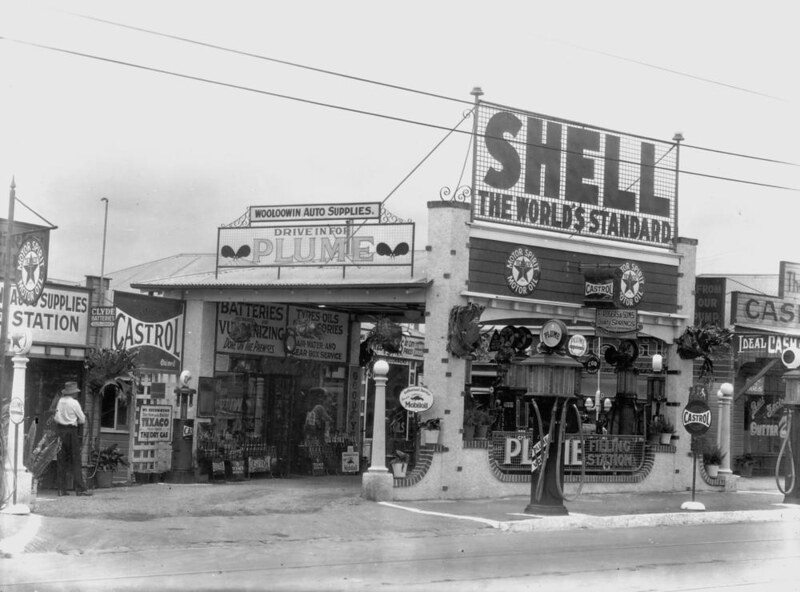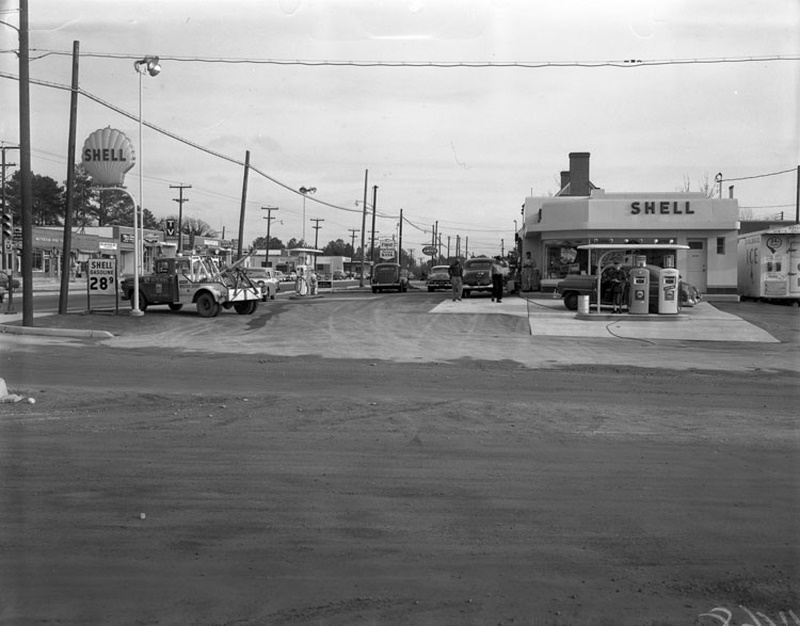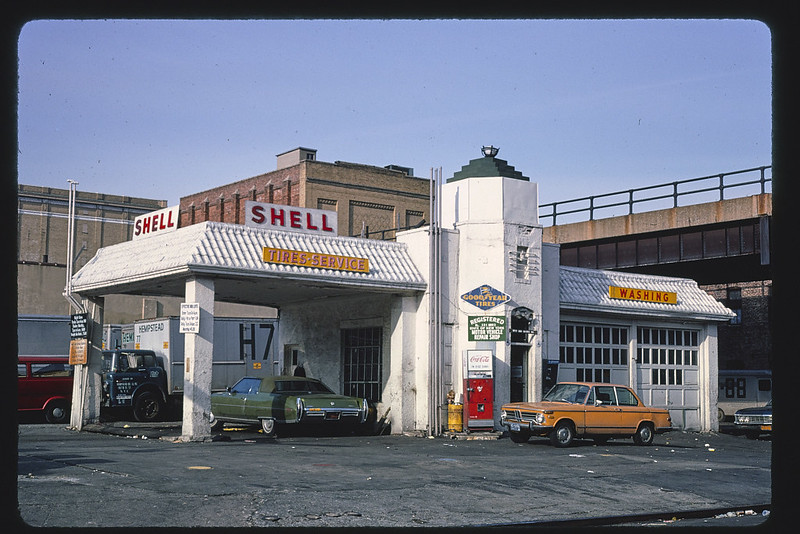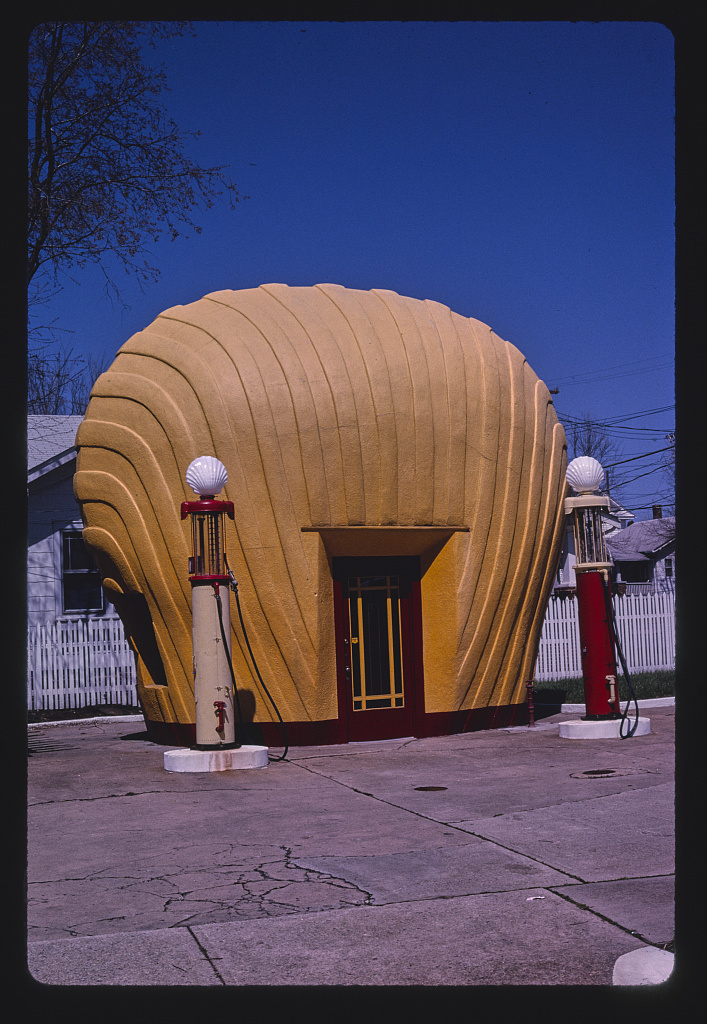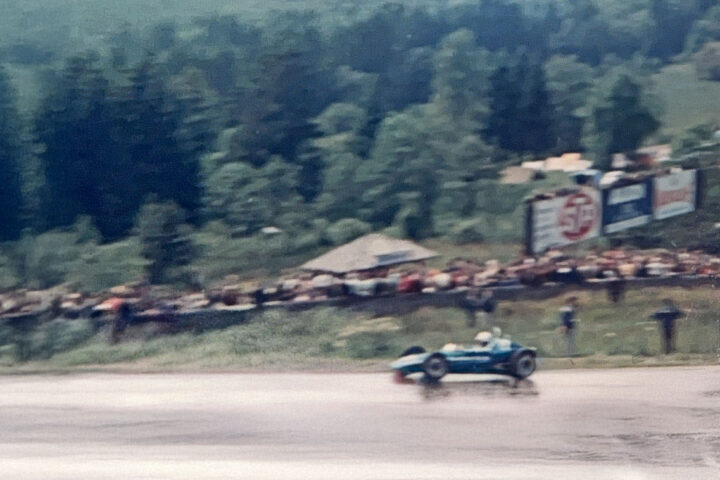Today, Shell has more than 45,000 service stations in over 70 countries, making it one of the largest retail networks in the world. Its service stations offer not only fuel but also a range of convenience products and services, including snacks, drinks, car washes, and even electric vehicle charging points. Shell is also committed to reducing its environmental impact and has invested heavily in renewable energy and other low-carbon technologies.
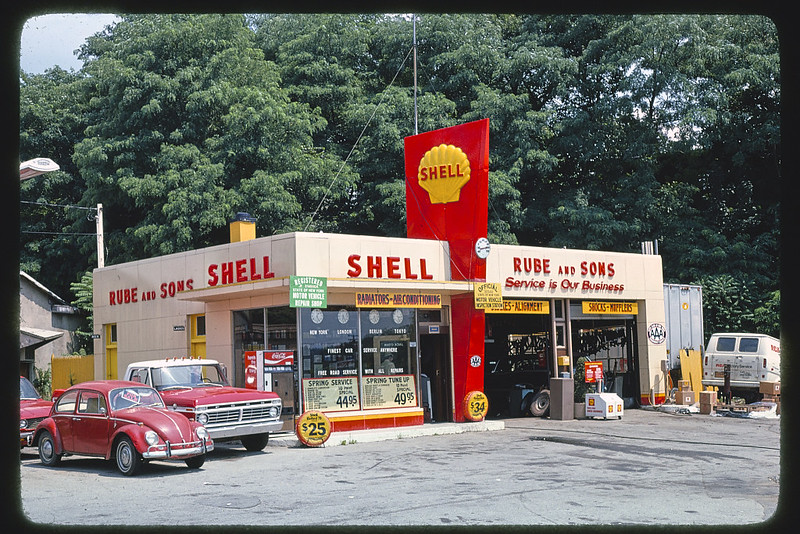
Art of The Gas Station: Shell Service Stations Over the Years
Shell is one of the world’s largest oil and gas companies, operating in over 70 countries. The company’s history dates back to the late 19th century when two competing companies, Royal Dutch Petroleum, and Shell Transport and Trading, merged to form the Royal Dutch Shell Group. Today, Shell is a major player in the oil and gas industry, and its gas stations can be found in many countries around the world. In this blog post, we’ll explore the history of Shell gas stations, from their humble beginnings to the global network of service stations we know today.
Early Shell Station, the late 1920s
The first Shell service station was opened in 1912 in California, USA. It was owned and operated by a businessman named Samuel Northrup, who had secured a license to use the Shell name and logo. Northrup’s service station was a small wooden shack that sold gasoline, oil, and other automotive products. However, it wasn’t until a few years later that the Shell brand really took off.
In the early 1920s, Shell began to expand its operations in Europe, opening service stations in the UK, France, and other countries. These stations were more than just places to buy fuel – they also offered repairs, car washes, and other services. As car ownership became more common, Shell recognized the need to provide a more comprehensive service to its customers, and its service stations began to evolve into the modern convenience stores we know today.
Shell Station in Alderley, Queensland, Australia 1940
Throughout the 20th century, Shell continued to expand its network of service stations around the world. In the 1930s, the company opened its first service stations in Asia, and by the 1950s, it had a presence in Africa, the Middle East, and South America. Shell also began to diversify its business, investing in other areas such as chemicals, plastics, and renewable energy.
In the 1970s, Shell introduced the concept of self-service gasoline stations in the US, allowing customers to pump their own fuel and pay at the pump. This innovation was quickly adopted by other companies and has now become the norm in many countries. In the 1980s and 1990s, Shell continued to modernize its service stations, introducing convenience stores, fast food outlets, and other amenities.
Leiden, The Netherlands, 1950s
In conclusion, the history of Shell gas stations is a testament to the company’s ability to adapt and evolve. From a small wooden shack in California to a global network of modern convenience stores, Shell’s service stations have come a long way in just over a century. As the world’s energy needs continue to evolve, it will be interesting to see how Shell’s service stations adapt to meet the changing demands of its customers.
Shell Station near Bear Creek Lodge in Telluride, Colorado
Wooloowin Auto Supplies, Wooloowin, Queensland, Australia 1935
The Oil Crises Sutherlin, Oregon 1973
Shell Gasoline sign, angle view, Delaware Street, Walton, New York, 1976







